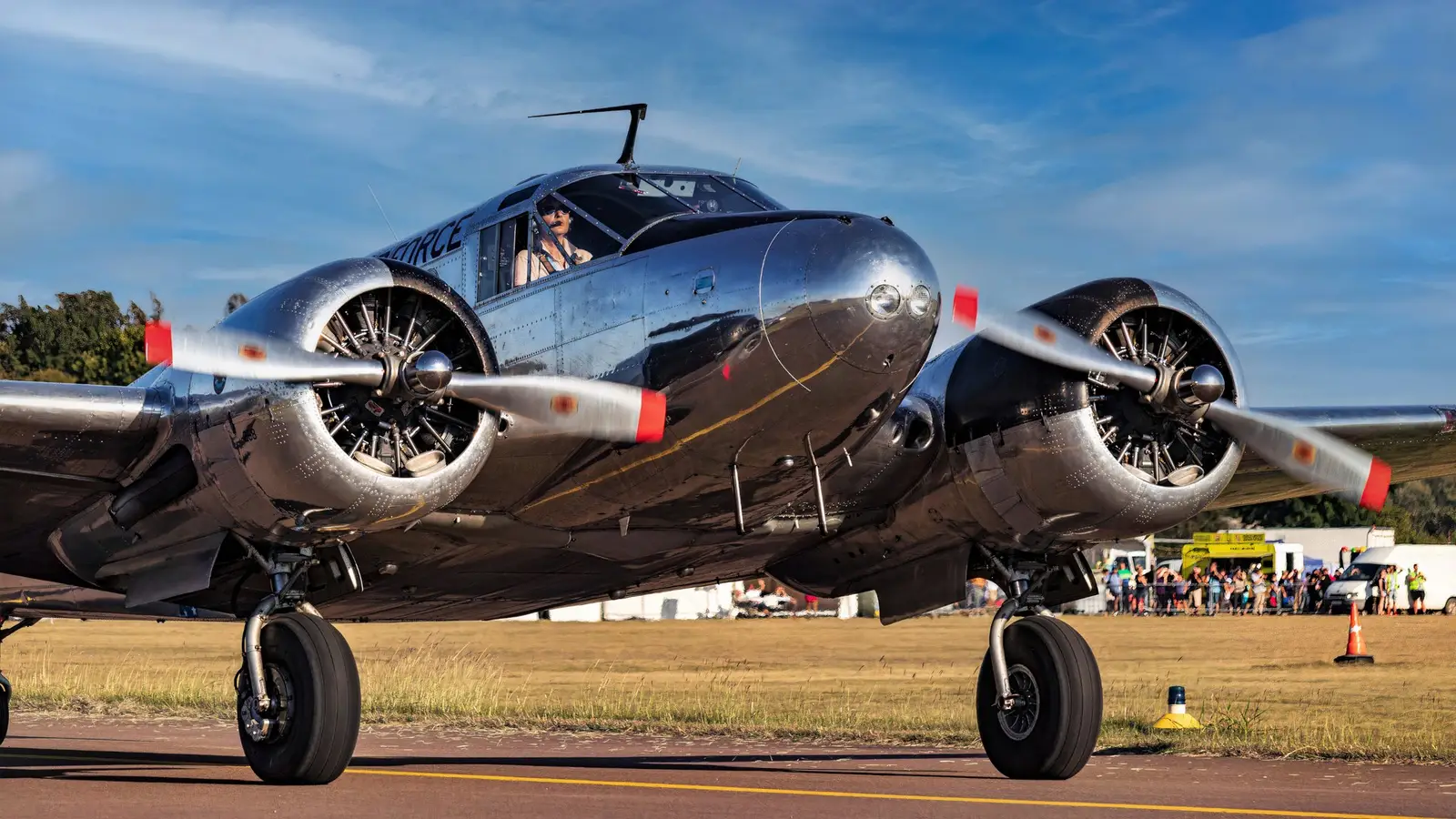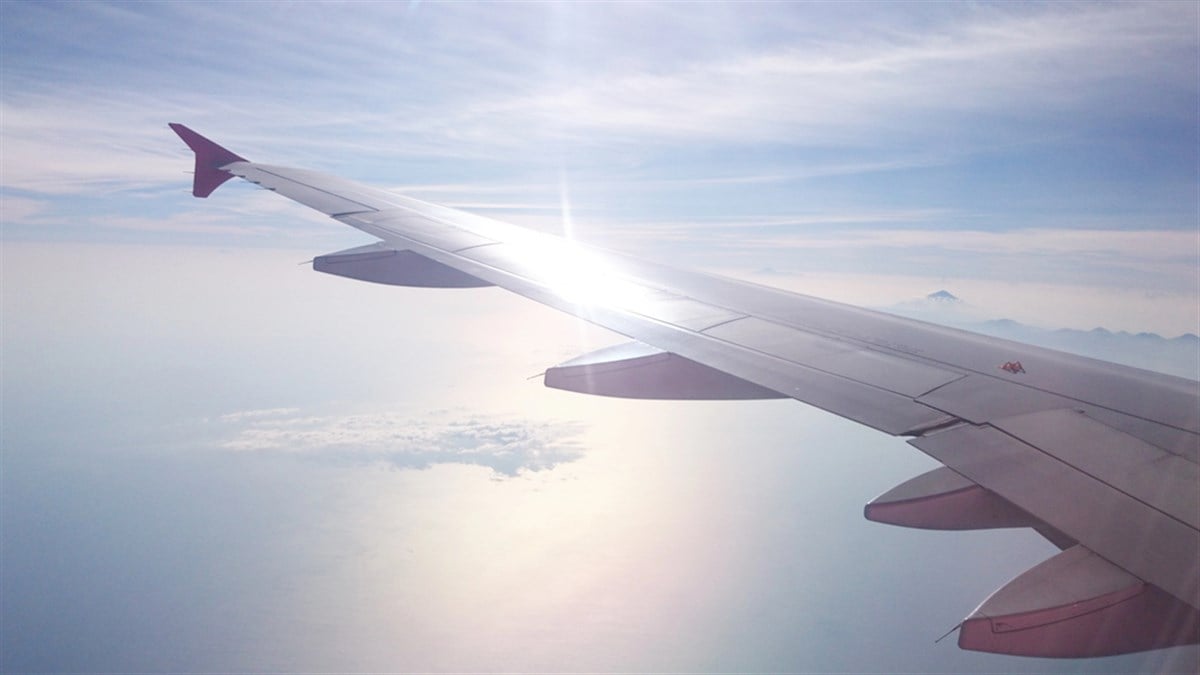
Lockheed is one of aviation’s most storied names, a company whose designs spanned from pioneering twin-engine airliners of the 1930s to some of the most advanced widebody aircraft of the jet age. Yet today, Lockheed is no longer a player in the commercial aircraft market, having shifted its focus entirely to military and aerospace work decades ago. Despite that, a handful of Lockheed’s commercial creations remain in the skies. They are all old, rare, and treasured. In this article, we will explore the oldest Lockheed airliners still flying: from the last Lockheed L-1011 TriStar testbed to rugged Electras hauling freight and fighting fires, to a precious few Constellations and pre-war Model 10s that survive as living history.
The aircraft we are going to talk about are no longer in commercial passenger service. Instead, they survive in niche roles that leverage their unique qualities, such as structural strength, range, adaptability, or simply historical prestige. The fact that some of these machines remain airworthy after 60, 70, or even nearly 90 years highlights both Lockheed’s engineering durability and the passion of operators and preservationists. In this guide, we’ll take a tour of the skies, from California to Canada to Australia, to find where the last Lockheed commercial aircraft are still earning their keep or delighting crowds.
The Last Flying Lockheed TriStar: “Stargazer”
When Lockheed launched the L-1011 TriStar in the early 1970s, it was designed to compete with the Douglas DC-10 and usher Lockheed into the widebody jet age. Technically advanced, with quiet Rolls-Royce RB211 turbofans specifically built for this aircraft, and sophisticated autoland capabilities, the TriStar was loved by pilots and passengers alike. However, it didn’t achieve a solid commercial success, and production ceased after just 250 aircraft were built. Today, airlines long ago retired the TriStar. Yet one survivor still flies: the L-1011 “Stargazer”, converted into a rocket-launch platform and a testbed for Northrop Grumman.
Built in 1974 and delivered to Air Canada as C-FTNJ, this particular TriStar was acquired by Orbital Sciences in 1992. It was modified into a flying launch pad for the Pegasus rocket, which can carry small satellites into orbit. Renamed Stargazer, the aircraft mounts the rocket under its fuselage and releases it at high altitude before ignition. Stargazer is not just the last flying TriStar, but the only airworthy TriStar in the world. All other L-1011s were either scrapped or, in the case of the more fortunate ones, found their homes in numerous aviation museums.
This aircraft was operated for decades out of Mojave and Kennedy Space Center, and later under Northrop Grumman after Orbital Sciences was absorbed. Although its launch schedule has slowed in recent years, due to space launches shifting to larger rockets and SpaceX’s dominance, Stargazer still occasionally flies for maintenance checks or missions. For enthusiasts, any sighting is historic: the last living reminder of Lockheed’s ambitious widebody gamble, still roaring into the skies over 50 years after its first flight. You can follow its occasional flights on FlightRadar24.
In many ways, the TriStar’s survival as a rocket launcher is poetic. A passenger jet that struggled commercially has found a second life, quite literally helping launch the future. While its long-term fate remains uncertain, Stargazer has already secured its place in history as one of the unique testbeds ever flown.
We can say that the L-1011 named Stargazer is the last commercial jet aircraft still in service by the Lockheed company.
The Lockheed L-188 Electra: Cargo, Firefighting, And Longevity
If the TriStar represents Lockheed’s high-tech jet age finale, the L-188 Electra represents its rugged turboprop era. First flying in 1957, the Electra was the first large turboprop airliner designed and built in the United States. (Meanwhile, the first turboprop airliner in the world was the British Vickers Viscount, built in 1948.) Electra’s early airline career was troubled: several crashes, due to “whirl mode” wing flutter, forced design changes, and tarnished its reputation. Yet Lockheed corrected the issues, and the Electra went on to serve reliably for decades. More importantly, its design was adapted into the legendary P-3 Orion maritime patrol aircraft, ensuring a long legacy.
In commercial form, the Electra faded from passenger use by the 1970s, but a handful of airframes were converted to freighters or aerial firefighting tankers. Today, Buffalo Airways and Air Spray Ltd. of Canada are the last commercial operators keeping Electras in the air. Buffalo, based in Yellowknife in the Northwest Territories, uses the Electra to haul cargo into Canada’s north, including remote communities accessible only by ice roads or airlift. AirSpray, meanwhile, operates converted Electras as aerial firefighting tankers, dropping thousands of liters of fire retardant over forest fires in Canada and the US.
One of Buffalo’s Electras, C-FBAQ (as seen in the photo above), first delivered in 1959 to Ansett Australia, is still operational more than six decades after the type’s maiden flight. Converted into a cargo plane, it exemplifies the incredible durability of the type. AirSpray operates multiple Electras, many of which were built in the early 1960s, fitted with retardant tanks and specialized modifications for aerial firefighting. According to ch-aviation fleet data, some of these aircraft are now 65 years old, yet remain active in summer firefighting campaigns.
Source: ch-aviation
Electra’s survival owes much to geography and necessity. In northern Canada, few aircraft combine range, ruggedness, and turboprop efficiency like the Electra. In firefighting, its size makes it ideal: larger than smaller tankers but smaller and cheaper to operate than converted jetliners. For viewers of the TV series Ice Pilots NWT Buffalo’s Electras are cult favorites, embodying the romance of classic propellers still at work in the Arctic skies.
We can say that the L-188 in service with AirSpray, built in 1958, is the oldest one still flying. It is the oldest airworthy commercial turboprop by Lockheed.
The Lockheed Model 10 Electra: Vintage Gems Still In Flight
Before the turboprop and jet age, Lockheed’s reputation was built on sleek, all-metal twins like the Model 10 Electra. First flown in 1934, the Model 10 was Lockheed’s answer to the Douglas DC-2 and Boeing 247, offering airlines a modern, efficient twin-engine airliner. Just 149 were built, but the type achieved lasting fame when Amelia Earhart chose a Model 10E for her ill-fated attempt to circumnavigate the world in 1937.
Today, only a handful of Model 10s remain airworthy. Several are privately owned in the United States, while at least one example is flown in the Czech Republic and another one in New Zealand. These aircraft typically appear at airshows, offering spectators the chance to see a polished Art Deco-era airliner in flight. They are no longer in commercial service, but they remain among the oldest Lockheed commercial designs still flying anywhere in the world.
The surviving Model 10s are more than just antiques. They represent the dawn of modern airline travel, when streamlined twins replaced biplanes and made commercial aviation more accessible. Seeing one in flight today is a reminder that Lockheed’s commercial story began long before jets and turboprops. For enthusiasts, they are precious gems of aviation heritage.
The Lockheed Model 10 Electra is the oldest commercial propeller aircraft still in service, which was made by Lockheed, although it is currently owned by private individuals only. To be precise, the oldest one, which is registered as OK-CTB from the Czech Republic, is 88 years old, having been built in 1937. It was the 1091st aircraft built by Lockheed and was originally delivered to the Bata company. You can still see this aircraft performing at the airshows in Central Europe.
The Last Airworthy Lockheed Constellation: “Connie”
Between the sleek Model 10 of the 1930s and the Electra of the 1950s stood Lockheed’s most glamorous creation: the Constellation. With its graceful, dolphin-shaped fuselage, triple-tail empennage, and distinctive sound from its four Wright R-3350 radials, the Connie became an icon of post-war air travel, gracing transoceanic routes for airlines such as TWA and Pan Am, and even serving as presidential transport.
As of 2025, two Constellations still fly under their own power. The first is VH-EAG, “Southern Preservation”, a 1955 L-1049 Super Constellation operated by Australia’s Historical Aircraft Restoration Society ( HARS). Based at Illawarra Regional Airport, VH-EAG offers demonstration flights, cockpit tours, and occasional charters, and is often painted in a restored Qantas-style livery. It is one of the last two flying Connies.
The second is N422NA “Bataan”, a VC-121A maintained by the Planes of Fame Air Museum (now under Lewis Air Legends). Originally delivered in 1949, the Bataan later served as the transport for US military VIP operations before undergoing a lengthy restoration that culminated in a successful post-restoration flight in June 2023, according to FlightRadar24. Today, Bataan flies at major US airshows in its period VIP interior.
Keeping even one Connie in the air is a monumental task; maintaining two is the stuff of aviation legend. Their survival relies on dedicated volunteers, careful maintenance, and the rare availability (or fabrication) of spare parts. As long as VH-EAG and Bataan continue flying, the Constellation’s legacy stays alive in the skies, not just in museums.
The “Bataan” Connie, built in 1949, is the oldest and most iconic Lockheed airliner still airworthy.
Why These Survivors Still Matter
It might seem quixotic to keep aircraft from the 1930s, 1950s, or 1970s flying today. Yet these Lockheed survivors persist because each serves a distinct role. The TriStar became a rocket launcher, the Electra excels in cargo and firefighting, the Constellation continues through heritage groups, and the Model 10s remain as cultural artifacts.
The case of the L-188 Electra is particularly instructive. When jets are too fast, fuel-hungry, or large, the Electra’s efficiency still stands out. Buffalo Airways relies on them to serve communities where no Boeing 737 freighter could land. Firefighting agencies depend on Electra tankers for their balance of size, payload, and maneuverability. The Constellation, by contrast, exists mainly as a labor of love, while the TriStar continues because no other platform can launch a mid-size space booster.
Compared to Lockheed’s peers, these aircraft are impressive. Douglas’s DC-3s still operate worldwide, and Boeing 727s and 747s continue in cargo roles. However, Lockheed’s commercial aircraft were fewer and had shorter production runs. The fact that any still exist nearly 90 years after the Model 10’s debut highlights both engineering skill and human dedication.
A Living Legacy Of Lockheed’s Golden Age
The Lockheed TriStar, Electra, Model 10, and Constellation each represent pivotal chapters in the history of commercial aviation. That examples of all four still take to the skies in 2025 is remarkable. They remind us that aircraft are not just machines, but they are symbols of ambition, technical brilliance, and cultural identity.
Each survivor connects enthusiasts to a different era: the Model 10 with its pioneering 1930s routes, the Electra with its turboprop service in distant regions, the Constellation with mid-century glamour, and the TriStar with widebody innovation. Though their numbers dwindle, their operation keeps Lockheed’s civil legacy alive.
In an industry that often celebrates the newest jets, some of the most meaningful stories are still written by the oldest. The fact that these Lockheed icons still lift off decades after their debut proves that aviation history isn’t only preserved in museums – sometimes, it still flies overhead.



